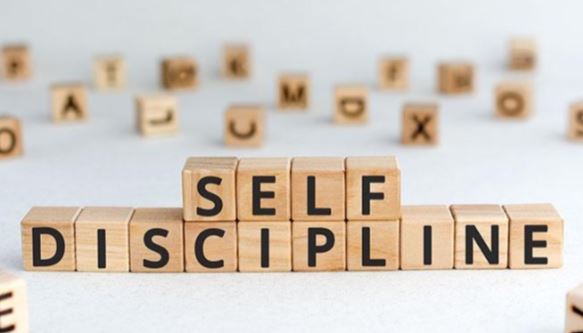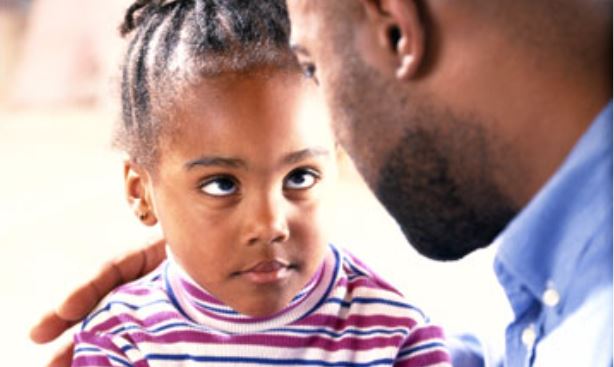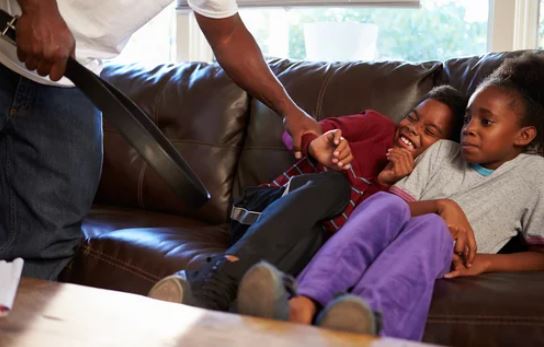Lifestyle
How to know if you’re mistaking child abuse with discipline

Having said that, parents must be able to identify the thin line that exists between discipline and child abuse.
What is child abuse?
Types of child abuse to know about
Sexual abuse: Child sexual abuse can be direct or indirect. Direct sexual abuse involves intentional sexual touching, oral-genital contact or intercourse. Indirect sexual abuse involves exposing a child to sexual activity or pornography; observing or filming a child in a sexual manner; sexual harassment of a child; or prostitution of a child, as per Mayo Clinic.
Emotional abuse: Emotional abuse refers to any harm caused to a child’s self-esteem.
Medical abuse: Medical abuse occurs when someone gives false information about a child’s illness that requires medical attention.
Neglect: Child neglect is also a form of abuse where a parent fails to meet a child’s basic physical and emotional needs.
What makes discipline different from abuse?
What to do instead?
As parents, it is important to understand ‘why’ your child is misbehaving or displaying unruly behavior. Without identifying the triggers, you cannot resolve the issues. This will only cause more frustrations, while distancing you from your child.
Effective discipline strategies to adopt
Positive discipline focuses on building mutual respect between the parent and the child. It does not involve abandoning the child in times of need, rather showing kindness and helping them resolve their issues.
Gentle discipline involves using humor and distraction to help prevent kids from misbehaving. This way the parent avoids yelling and punishing the child.
Boundary-based discipline is all about setting and establishing clear rules and boundaries.
Behavior modification believes in conditioning the child to behave by measures such as praising and rewarding good behavior.
Emotion coaching is a strategy that helps parents stay connected with their children. It necessitates that parents show empathy and support to the children, while teaching them to express their feelings and needs.










